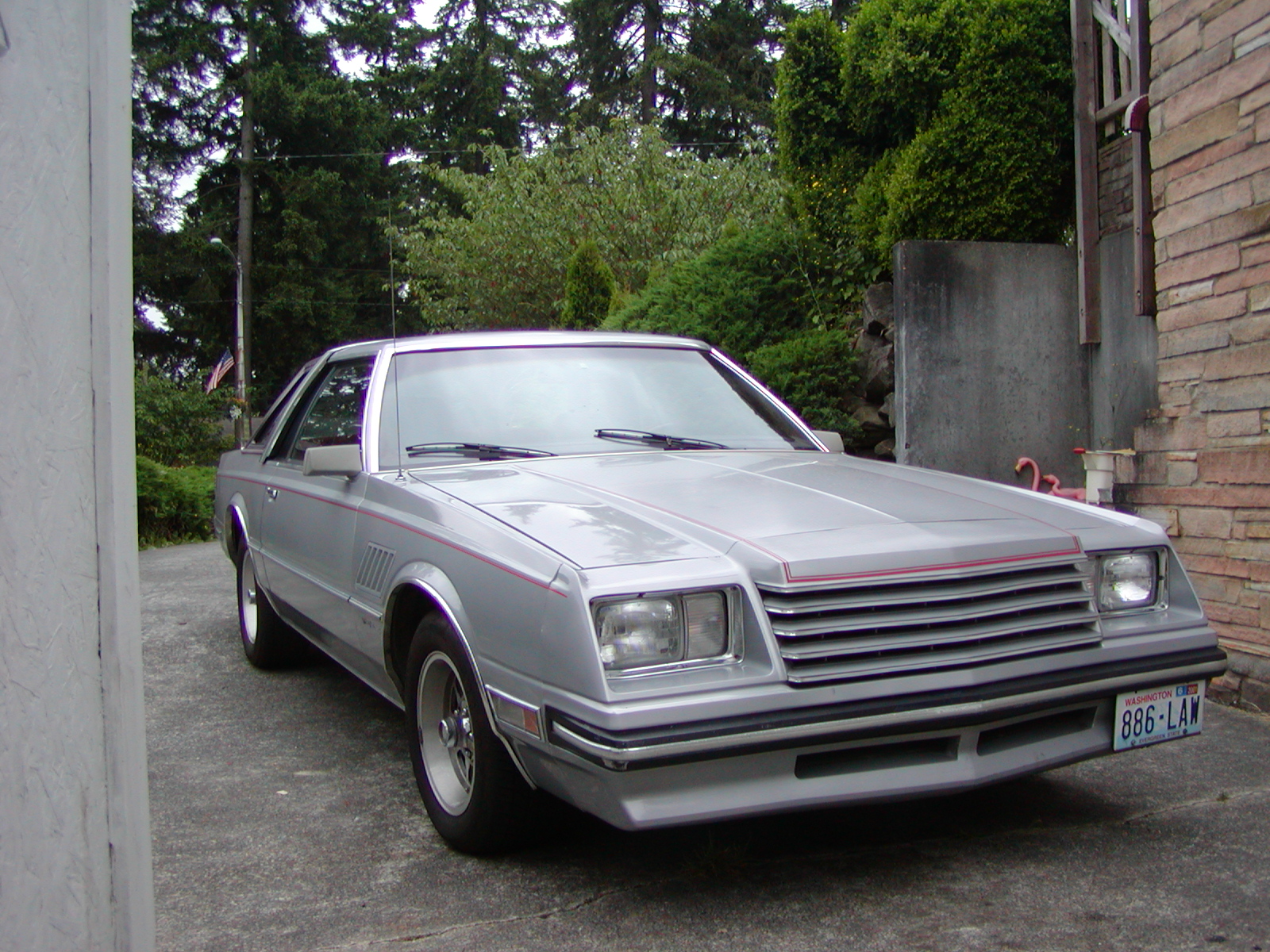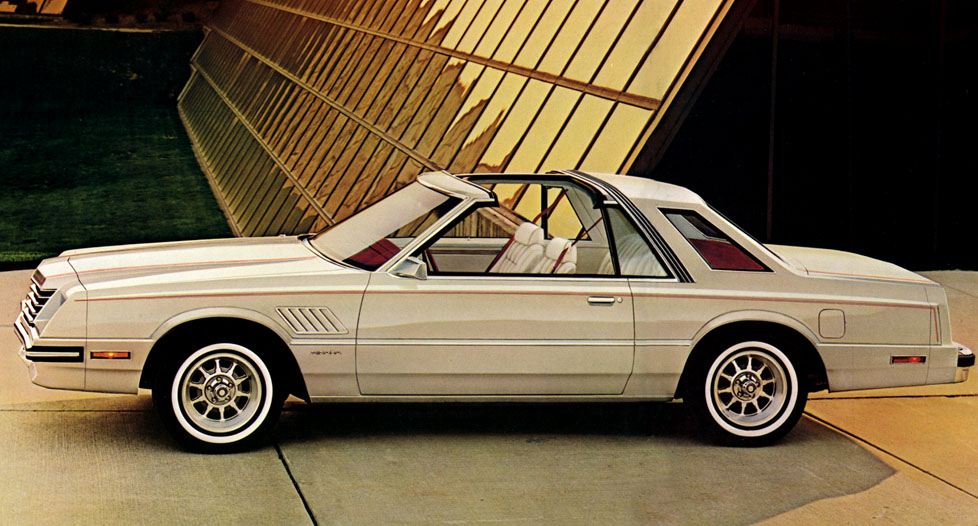1980 Dodge Mirada Luxury sedan
A very rare vehicle, the Dodge Mirada was a hardtop coupe manufactured by Chrysler from 1980 through 1983. Based on Chrysler's J body platform, the Mirada replaced the Dodge Magnum. The Mirada is identical to two other vehicles that Chrysler also manufactured at the same era, the Cordoba and the Imperial. Three engine options were available, an 85 hp Slant Six, a 130 hp 318 V8 and a 150 hp 360 V8. The Mirada was last manufactured in 1983 and at the end of its production year, only 5,120 units were sold.
The Mirada was a sturdy reliable little car, but unfortunately it didn't become very popular during its three years of production. A mid-sized, rear-wheel drive coupe, the production numbers were very low, and less than 53,000 units were sold during its lifetime. During its production run, the Mirada would remain virtually unchanged with the exception of paint colors and engines. In 1983 the Mirada was replaced with the Chrysler 600. Basically, the Mirada was fairly doomed from the start in the market. Rear wheel drive had gone out of fashion in the car industry quite some time ago, and unfortunately even the true Plymouths were going out of style with their boat-like appearance.
1980 Dodge Mirada Targa
The Mirada was introduced as a luxury coupe, and it did indeed feature luxury items that would have been found in American models during, such as AM/FM radios with cassette players, various power options and leather upholstery.
In introducing the Mirada, Chrysler was also attempting to succeed on the NASCAR front as well. Lee Iaccoca personally requested Richard Petty to campaign a Mirada in NASCAR. Several drivers, including Petty built race ready test vehicles and tested them. Unfortunately the Mirada was tested around 8pm slower than other GM and Ford vehicles of the day and Petty and other drivers chose to go with another model. Arlington Racing did decide to go with the car and campaigned it from 1981 through 1984 racing seasons and managed 15 top-ten finishes during those years.
The main driver was Buddy Arrington; number 67, who ended up carrying the flag for Chrysler in NASSCAR after Petty Enterprises went to GM. The Marida was mainly used as a short-track car, while using a '81-83 Imperial on superspeedwars. Several other drivers, including Dave Marcis and Dick May did choose to run the Mirada several times in 1981. Unfortunately the vehicles either broke down or finished several laps behind the leaders.
1980 Dodge Mirada stylish Limousine
The Mirada used transverse torsion bars in its suspension in the front and leaf springs with a sway bar in the rear. A 'Sport Handling Package' was offered on the Mirada and it included heavy-duty shock absorbers, torsion bar bushings, springs and anti-sway bars in both the rear and front. The braking system used drum brakes in the rear and power assisted disc brakes in the front.
Several different variations of rooflines were offered on the Mirada. Base models received a basic metal roof with a chrome beauty strip that reached from the bottom of the opera windows and across the roof. Buyers that wanted their Mirada to feature a sportier look could choose either a power sunroof, or a glass T-top roof. An even more luxurious option would be to choose either a vinyl landau roof or a cabriolet roof.
Every year except 1983 the T-tops and Landau were available, and the Cabriolet top could be purchased anytime. Unfortunately the power sunroof wasn't very popular and was only available for 1980 and 1981.
Several basic wheel options were available, base models came with 15' steel wheels with turbine-like hubcaps. Another option was polished ten-spoke, 15' aluminum wheels with bright chrome center caps and painted section.
On the inside, the Mirada was available in a selection of styles and colors, though the most often chosen interior color was dark red. In the base vehicle, the dashboard was black with a faux woodgrain finish that surrounded the center console and gauges. The CMX featured a brushed aluminum finish that replaced the woodgrain. Options on the seating were either vinyl bucket seats, a 60/40 split cloth bench seat or leather bucket seats. The Mirada could be chosen with either a column shift or floor shift, while the bench seat was only available with the column shifter. Available steering wheels were either an interior –matched two-spoke wheel with horn buttons in the spokes. The CMX featured the Mopar 'Tuff Wheel' as the standard steering wheel in 1980 and 1981. The base models featured manual windows but the CMX could be purchased with power windows as an option.



